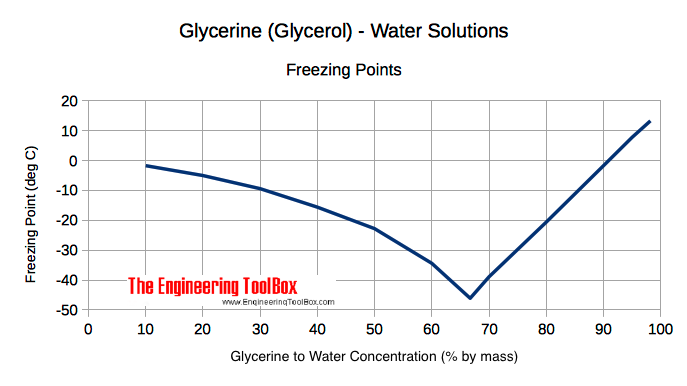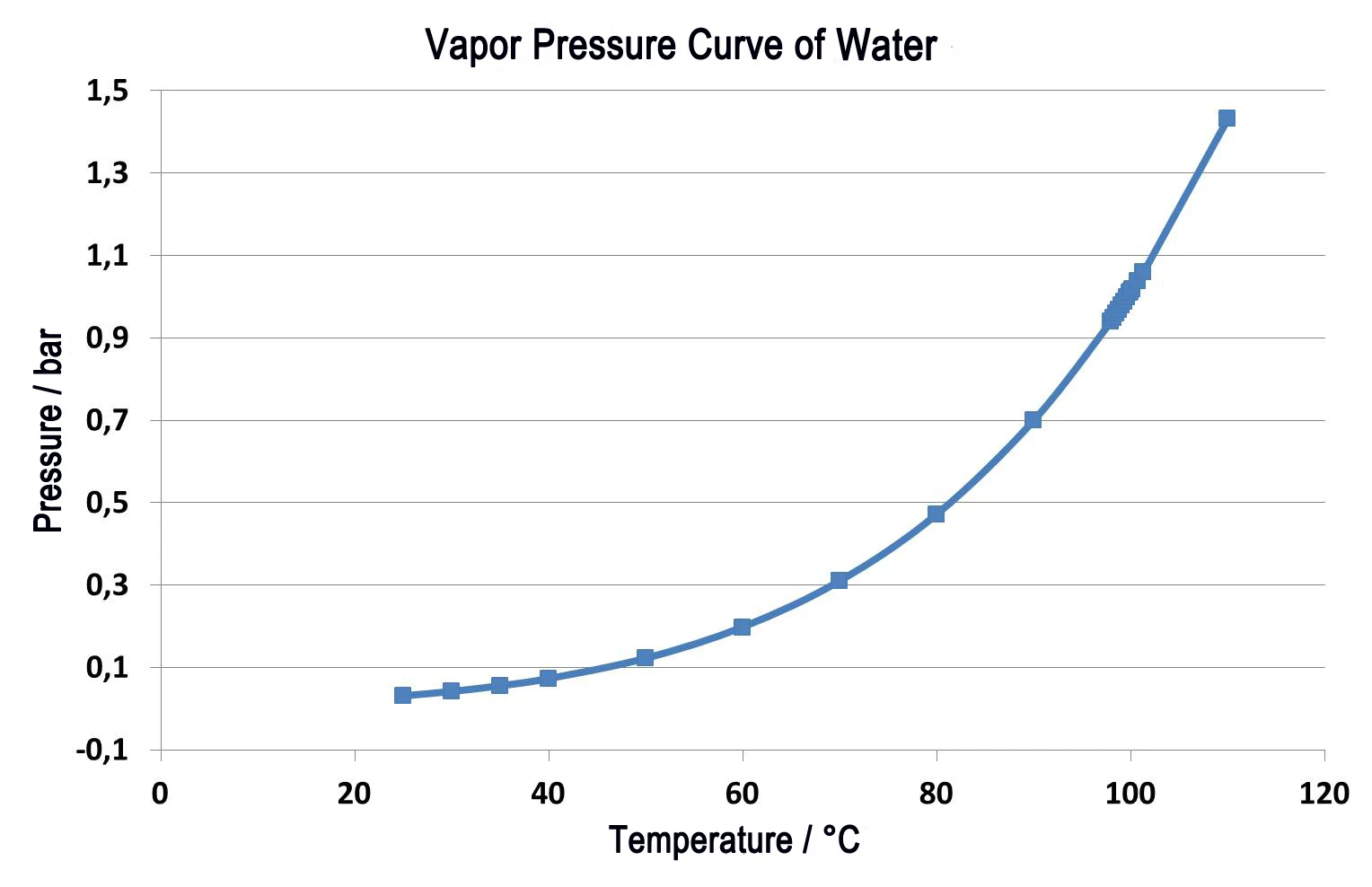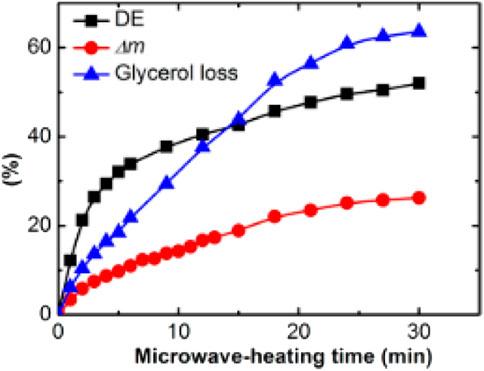Boiling point distribution curves for the two vacuum distillate samples. | Download Scientific Diagram
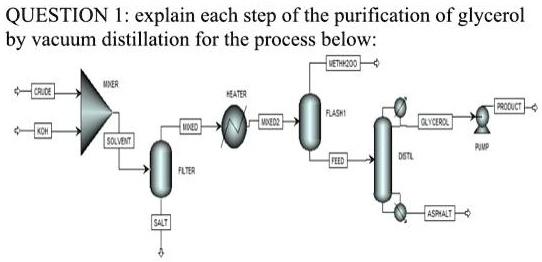
SOLVED: QUESTION 1: Explain each step of the purification of glycerol by vacuum distillation for the process below: ETHANOL CRUDE HEATER WASH PRODUCT PUMP SET SALT

SOLVED: 1. (2 points) Why is it crucial to heat the reaction mixture until the solid dissolves? 2. (2 points) During the vacuum filtration step, why do we need to use COLD
Sciencemadness Discussion Board - Good Vacuum Distillation Experiment - Powered by XMB 1.9.11 (Debug Mode)
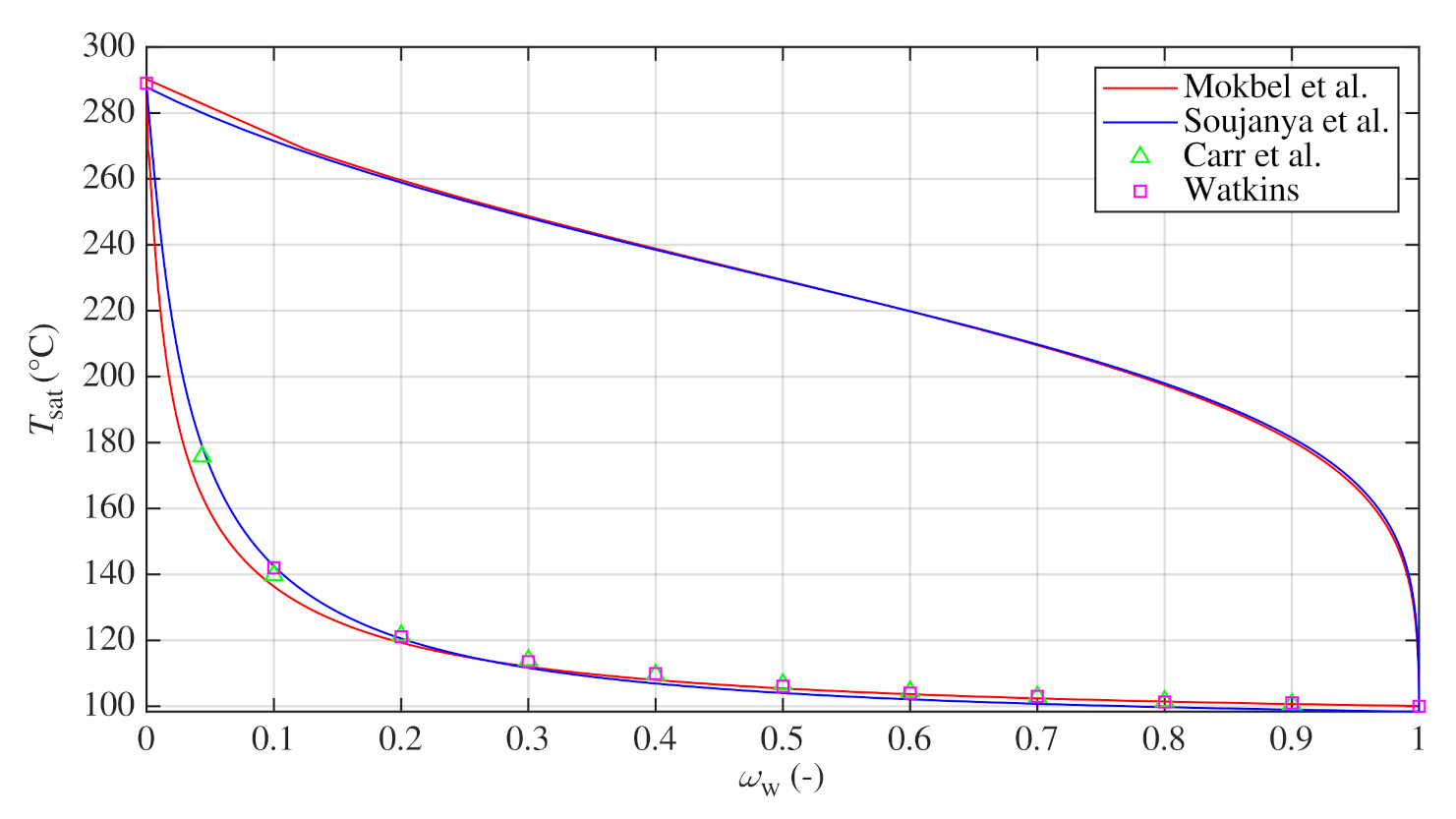
Processes | Free Full-Text | Pool Boiling Heat Transfer Coefficients in Mixtures of Water and Glycerin
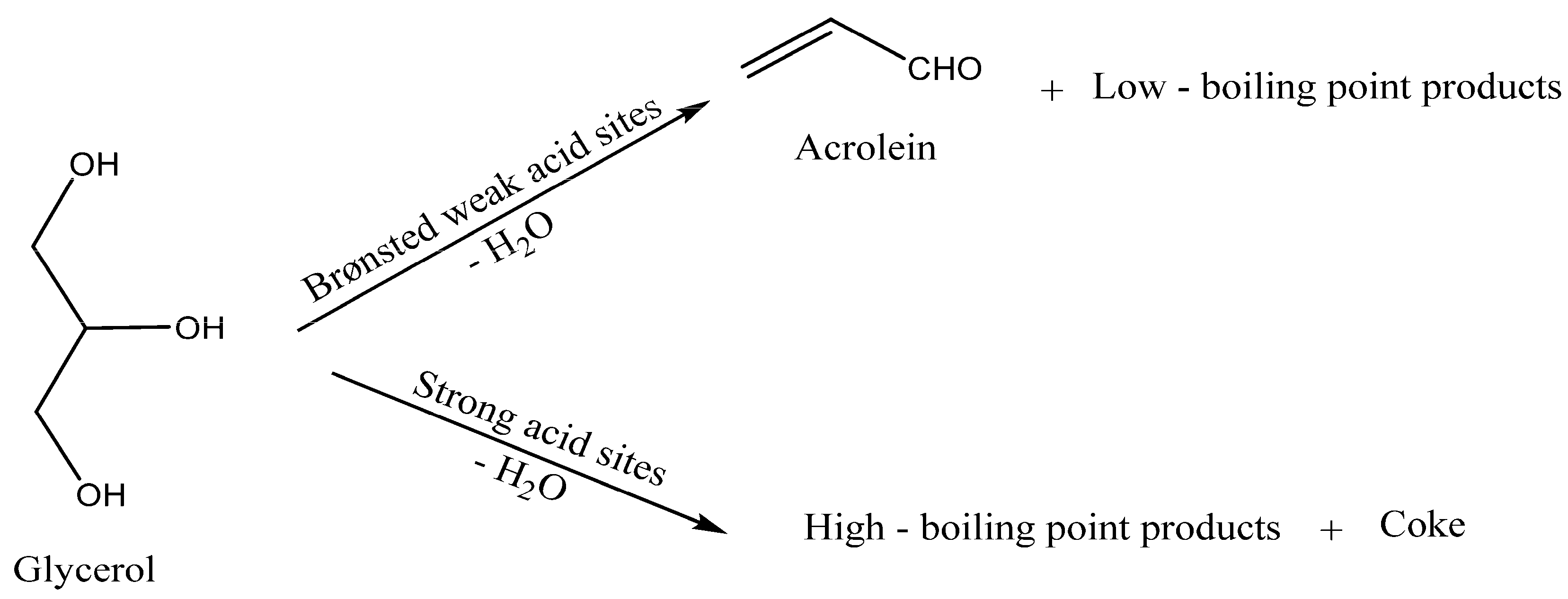
Molecules | Free Full-Text | Liquid-Phase Dehydration of Glycerol to Acrolein with ZSM-5-Based Catalysts in the Presence of a Dispersing Agent

Boiling points of the propylene glycol + glycerol system at 1 atmosphere pressure: 188.6-292 °C without and with added water or nicotine. - Abstract - Europe PMC

Effect of temperature on glyceride content for the esterification of... | Download Scientific Diagram


